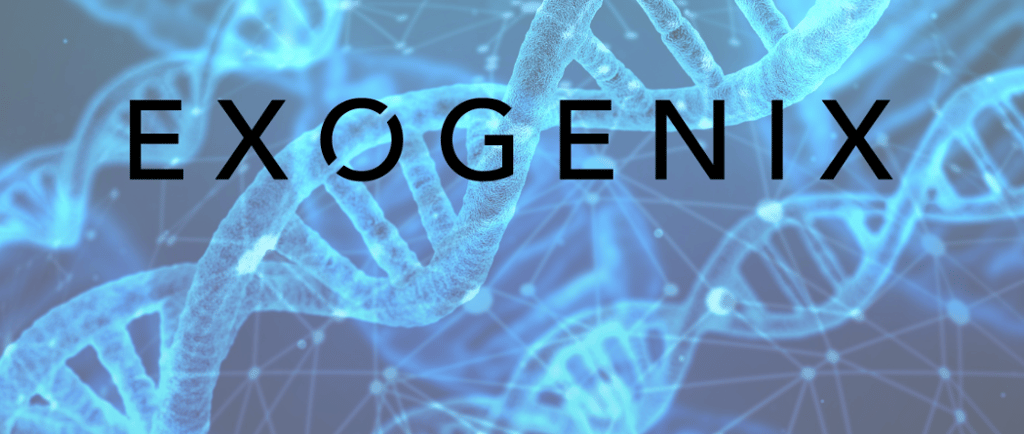!!! We Can Come to you!!! (808) 367-5083
Exosomes vs. NAD+: Understanding the Difference & How They Work Together for Complete WellnessYour blog post
3/12/20252 min read


In the ever-evolving world of regenerative medicine and anti-aging treatments, two powerful biological components have gained significant attention: exosomes and NAD+ (Nicotinamide Adenine Dinucleotide). While both contribute to rejuvenation and cellular repair, they serve distinct roles in the body. Understanding their differences and how they can complement each other can unlock a comprehensive approach to wellness, longevity, and aesthetic enhancement.
What Are Exosomes?
Exosomes are tiny extracellular vesicles derived from stem cells. They act as cellular messengers, delivering critical instructions between cells to regulate healing, tissue repair, and anti-inflammatory responses. Unlike stem cells themselves, exosomes do not contain DNA, making them a safer alternative for regenerative treatments.
Key Benefits of Exosomes:
Skin Rejuvenation: Boosts collagen and elastin production for a youthful appearance.
Hair Restoration: Stimulates dormant hair follicles to promote regrowth.
Wound Healing: Enhances tissue regeneration and speeds up recovery.
Anti-Inflammatory Effects: Reduces inflammation and supports overall immune function.
Exosome therapy is particularly effective in aesthetic treatments, such as anti-aging facials, skin repair, and hair regrowth, making it an excellent choice for individuals looking to restore their youthful appearance naturally.
What Is NAD+?
NAD+ is a coenzyme found in every cell of the body, essential for energy production and cellular function. It plays a crucial role in DNA repair, reducing oxidative stress, and maintaining mitochondrial health—key factors in aging and disease prevention.
Key Benefits of NAD+:
Cellular Energy Boost: Enhances mitochondrial function for improved energy levels.
DNA Repair & Longevity: Helps repair damaged cells and slows down the aging process.
Neuroprotection: Supports brain health, memory, and cognitive function.
Detoxification & Metabolic Support: Aids in breaking down toxins and improving metabolic efficiency.
NAD+ therapy is commonly used for anti-aging, brain health, chronic fatigue, and overall vitality. It is often administered through IV therapy or oral supplements to replenish declining levels with age.
Exosomes vs. NAD+: Key Differences
Feature Exosomes NAD+ Source Derived from stem cells Naturally found in cells Function Cellular communication & repair Energy production & DNA repair Primary Benefit Regenerates skin, hair, and tissues Boosts energy, metabolism, and brain function Administration Injected or applied topically IV infusion, oral supplements
Why Use Both for Complete Wellness?
While exosomes and NAD+ serve different purposes, combining both can amplify their regenerative effects, providing a holistic approach to anti-aging and wellness. Here’s how:
Exosomes rejuvenate and repair damaged skin and hair, while NAD+ fuels cellular energy and longevity.
Together, they reduce inflammation, improve immune function, and enhance overall vitality.
A combined protocol can accelerate recovery after cosmetic procedures, boost collagen synthesis, and improve cognitive performance.
The Future of Regenerative Medicine
Integrating exosome therapy with NAD+ supplementation is a game-changer in the field of longevity, aesthetics, and total-body wellness. Whether you're looking to enhance your skin, reverse signs of aging, or improve your energy levels, this dynamic duo offers a natural, non-invasive solution to optimize your health from the inside out.
Interested in learning how these revolutionary treatments can work for you? Contact us today for a personalized consultation and start your journey toward complete cellular rejuvenation!
Wellness
Beauty
contact@skincareoahu.com
808-367-5083
© 2025. All rights reserved.
&